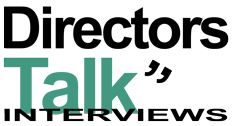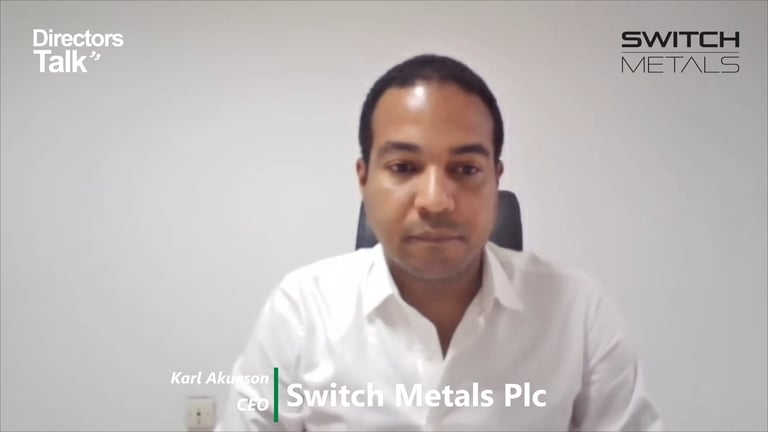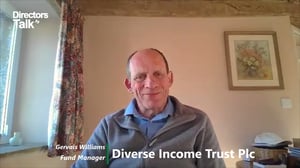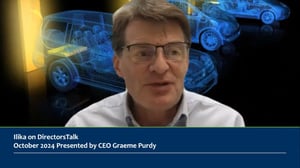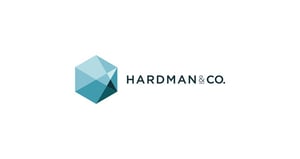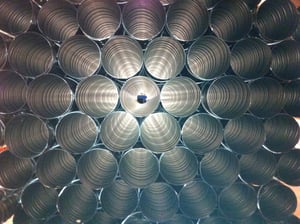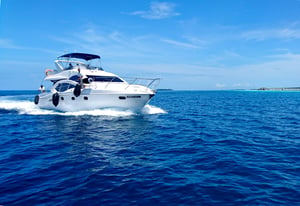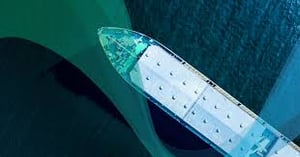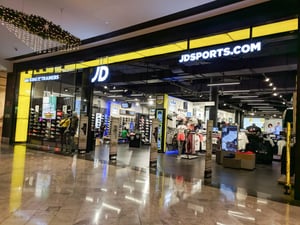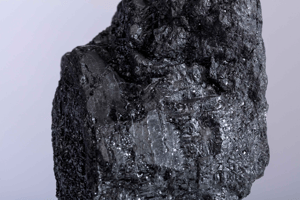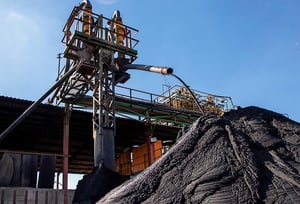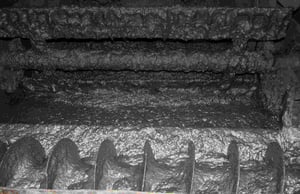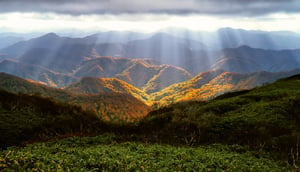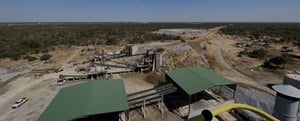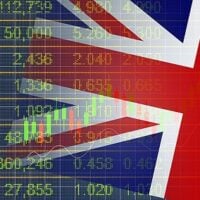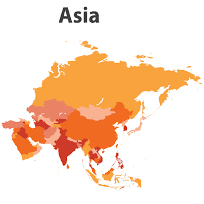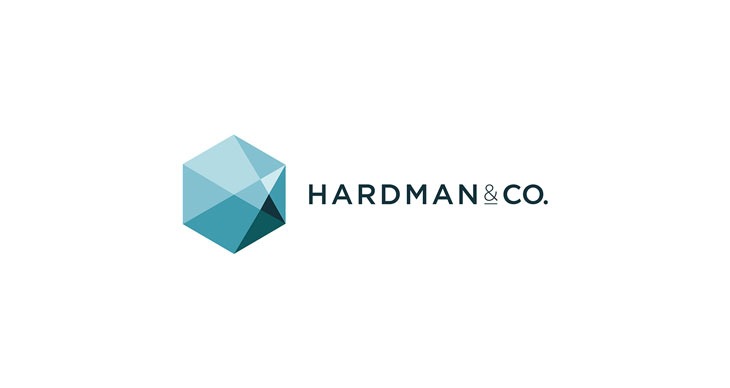Switch Metals Plc (LON:SWT) Chief Executive Officer Karl Akueson caught up with DirectorsTalk for an exclusive interview to discuss what the company does, the operating environment in Côte d’Ivoire, ethical considerations, primary target customers, proceeds of the fundraise, and what we can expect over the coming months.
Q1: Karl, could you just start by telling us what Switch Metals does and what your assets are?
A1: Switch is a mining company focused on producing technology metals and one of these technology metals that we’re starting with is called tantalum, which is a very unique and rare metal that we all have in our day-to-day uses, including laptops, phones, TV, cars, etc.
Our flagship asset is the Issia project. It’s located in the central west of Côte d’Ivoire, a four-hour drive out of Abidjan, and that’s the asset we’re going to focus on. Other assets in the portfolio are going to be positioned in the near term for future exploration outside but Issia is really the focus and that’s where we’re starting.
Q2: Now, we understand that you’re based in Côte d’Ivoire. Can you tell us a little bit about your background and what the operating environment looks like in Côte d’Ivoire?
A2: I’m based in Côte d’Ivoire, I’m an Ivorian myself, I’ve been living here for the past 10 years, and I founded my first company called Awalé Resources about 10 years ago from this place. So, I’m going to run Switch Metals, do the same thing again, and actually stay in Côte d’Ivoire and run the company from here.
Living here and operating here is definitely more ideal than in many places in the world. The reality is that Côte d’Ivoire is one of the best mining jurisdictions in the world right now and a place where you have anything to build mines. You would find that in Côte d’Ivoire you have most of the mining majors, mostly in the gold space because the country is still very underexplored, where you have Barrick, Endeavour, Perseus, Allied Gold, Fortuna, and many others.
The reality is that now the country is very supportive of the mining industry, it wants to make it a big component of future GDP growth and mining is booming. Since I moved here, I’ve seen the change, the next step is really to diversify the mining industry and our project. The coltan project producing tantalum is definitely a big part of that and we’re already seeing a lot of support from the government to achieve that.
Q3: You mentioned that the goal is to be an ethical producer. What ethical considerations guide the company’s mining operations and are there any challenges that you face in maintaining those standards?
A3: So far so good in terms of maintaining the standards. We’re really helped by the fact that we’re starting from something that is untouched. We’re starting with a preserved resource that is starting at surface, it’s very shallow. We’re operating in a country that, as I said earlier, is underexplored and the mining legislation has prevented any artisanal mining on our sites which is helpful when you talk about coltan which is something that is very key to the future and where a lot of end users really care about the ethical aspects of where it’s sourced and how it’s actually mined.
The traceability of the product is something we can guarantee from this country starting with something that is preserved, as I mentioned, but also because we’re going to do something industrial with full traceability from the origin all the way to the buyer and our customers. So, that’s certainly a key point.
In other places in the world where you would find tantalum in the form of coltan you would have a lot of artisanal mining, they’re going to be in places in the world where sometimes it’s very hard to guarantee traceability. We are in a completely different environment and that’s a big challenge and that’s really what motivated me to actually start this project.
Being in the right country with the right assets and starting something from scratch and making sure that the world knows that Côte d’Ivoire is actually on the map of coltan producers going forward.
Q4: I think you hinted at this earlier but who are primary target customers once in production, and how do they typically use your extracted materials?
A4: We have two categories of customers from the production side of coltan and tantalum.
One category is effectively the traders who work as intermediates between us and some potential buyers. In some cases, we could sell directly to some processors who have refineries and refining capacity in global processing plants which allows them to actually just buy the concentrate from us and then make some refined products in the form of tantalum powders or sometimes as far as making capacitors.
Reminding everyone what tantalum is used for. It’s a very key metal for the technology industry, in particular it’s mostly used in capacitors so anything that requires storage of energy in very small sizes of equipment so mobile phones, laptops, etc. would use some tantalum. That’s why earlier in my introduction I was actually mentioning the fact that we have it in our pockets, on a daily basis we use it and in some ways anything we touch, electronic, has tantalum in it. That’s really attractive and it shows how much demand there will be from it. If you believe in new innovations, you have to believe in tantalum.
Our end buyers care about traceability, they care about the source of the material, making sure they have long-term supply of that material, and Côte d’Ivoire is definitely one place where I’m sure they’ll be very happy to source tantalum in the future from.
Q5: You have successfully raised £2 million, and you’ve joined the AIM market on the London Stock Exchange. How will the proceeds from the fundraise be used?
A5: The primary use of these funds to start up and give a big push to the project is going to go towards the Issia project, which is our flagship. As I mentioned, we have other assets in the portfolio, but Issia is the priority.
Most of the funds are going to be directed to defining the first resource at Issia in the next few months and the objective to achieve that is really, as soon as we have a resource, we can actually put some economic parameters on top of what we have. Tantalum, we understand, is not a commodity that is known to everybody, but the fact that we would achieve a resource and put some economic parameters on top of it would actually unveil the potential of what we’re doing. Then we’ll progress that at scale.
So, the immediate focus and the use of proceeds, to be clear, is going to be pushed on Issia and defining a resource. That’s really our main priority and all the team is motivated and ready to start on the ground to achieve that as quickly as possible. That’s the priority of all priorities.
Q6: Just looking ahead then, what can we expect from Switch Metals over the coming months?
A6: Well, in the coming months, starting with that plan that I described, we will mention and explain what our resource definition plan is so that we announce what we’re planning to do and then we’ll slowly present all the results that we get along the way all up to that maiden resource that we will be announcing later this year.
Once this resource is announced, I will put some economic parameters on top of it in the form of a scoping-type study. This would allow us to be in a very good position next year to initiate some off-take discussions, file a mining license, but also discuss already some construction financing.
It’s a very ambitious plan, but it’s one that we’re really comfortable with and we find it very realistic, again, because we start with something where nature has done a lot of work for us, something that is shallow, near-surface, free dig, shovel-ready. We need to count it, and that’s the resource exercise. Once we’ve done that, we will be able to start talking about how we mine it.
So, these properties are very unique in the context of coltan supply going forward. We have the advantage of being the right country, and we definitely have a lower-risk exploration strategy than many others in that space, starting with this shallow material, and then we can take bigger risk and look at upside from the pegmatites that we’ve already discovered. So, the pegmatites are actually there, so the source work were there, but we have to start with what is at surface, which is the low-hanging fruit, and that’s what we’re going to do, and that’s why we’re so ambitious in terms of timeline.
